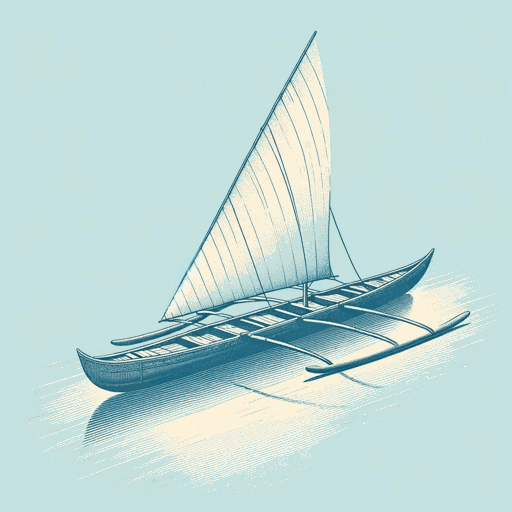50 pages • 1 hour read
Wade DavisThe Wayfinders: Why Ancient Wisdom Matters in the Modern World
Nonfiction | Book | Adult | Published in 2009A modern alternative to SparkNotes and CliffsNotes, SuperSummary offers high-quality Study Guides with detailed chapter summaries and analysis of major themes, characters, and more.
Chapter 2Chapter Summaries & Analyses
Chapter 2 Summary: “The Wayfinders”
Polynesia is “the largest culture sphere ever brought into being by the human imagination” (35). This “single cultural realm of closely related languages and shared historical vision” (43) covers 25 million square kilometers and tens of thousands of Pacific islands sometimes separated by stretches of open sea wider than continents. The development of such a widespread yet homogenous civilization was only possible through the incredible seafaring prowess of the Polynesian people. As Davis writes, “Navigation fundamentally defined the Polynesian identity” (51).
History has not always appreciated this prowess. When the Spaniards landed in Polynesia in the 16th century, they were immediately perplexed by “how such a primitive people could have accomplished so much” (39), including extensive irrigation systems, wide-ranging trade routes, and a complex hierarchy and economy, alongside incredible sea-faring ability. This began a tradition of crediting Polynesia’s settlement to accident or through South America. Such theories survived until the 1970s.
These theories “denied the culture its greatest accomplishment” (47). At the time of Spanish colonization, Polynesian navigation was superior to that of the Europeans. Without the chronometer to measure longitude, European vessels had to sail along coastlines for safety. Polynesian navigators sailed vast expanses of open ocean in simple boats using precise observational skills and results-based-repetition, techniques “not unlike those of the scientist” (52).

